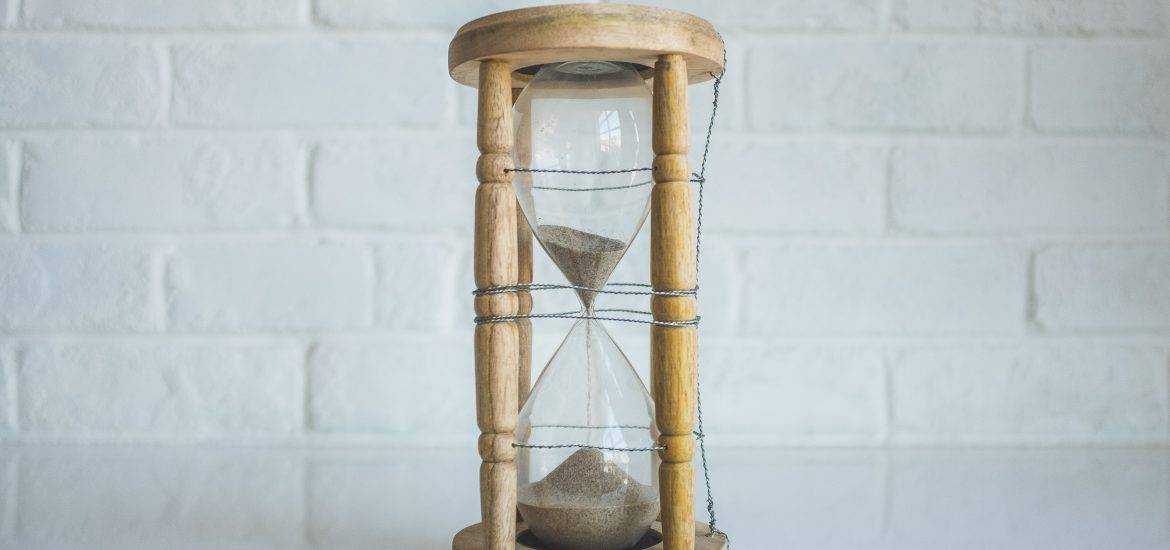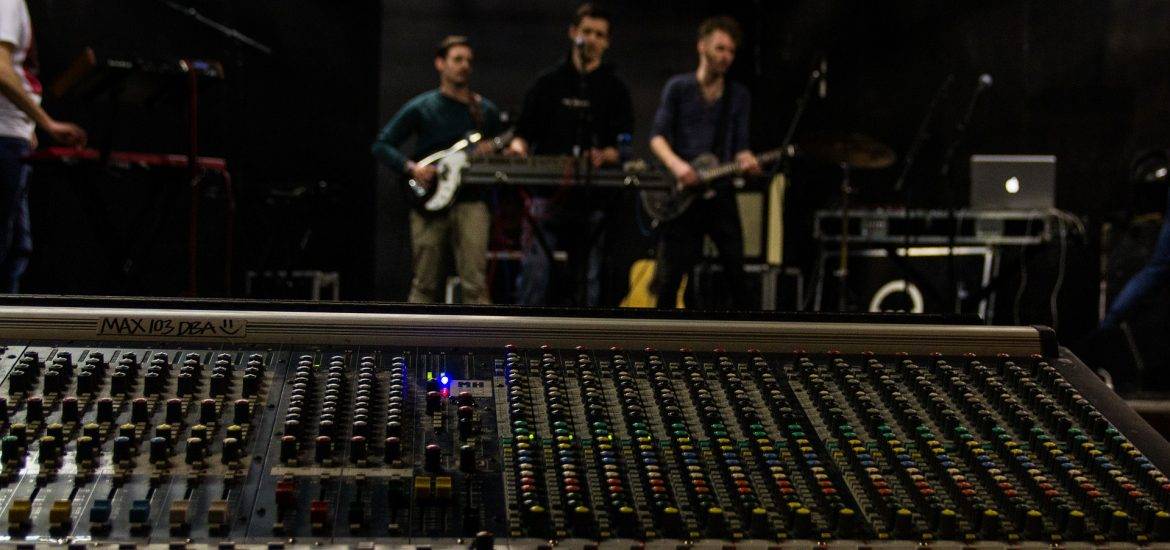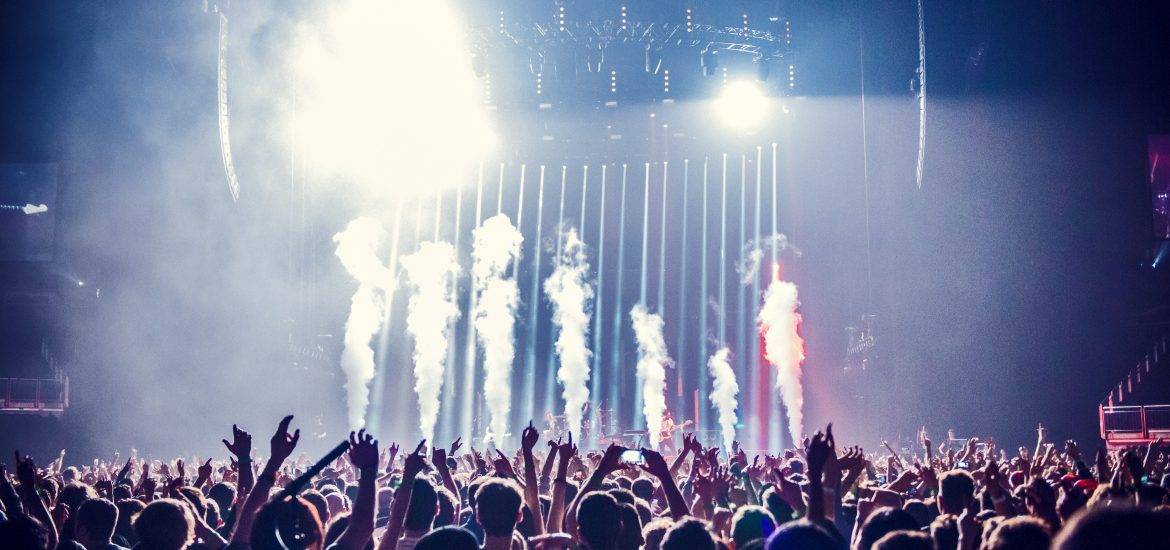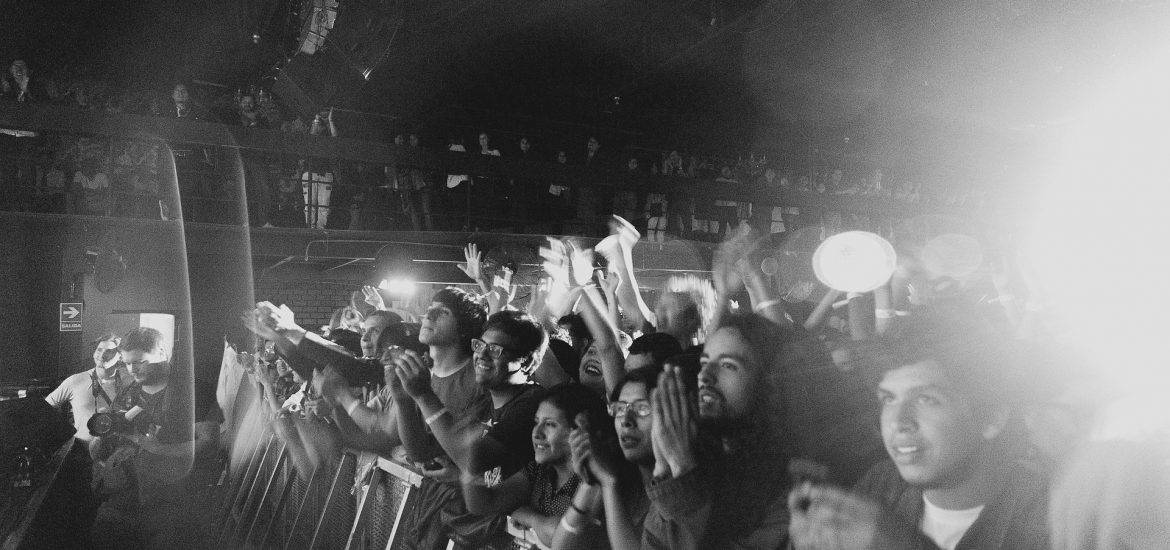So far, most of our discussions have revolved around what is mixing and mixing in the recording studio setting. But what about mixing in a live setting? While some audio engineers prefer cozying up in a studio, others like to get out every now and then. Every good music venue, big or small, needs someone knowledgeable, responsive, and passionate behind the mixing board. Many of the skills one learns while mixing in a studio are transferable to live mixing. Even so, live mixing presents unique challenges not faced in a studio. So what are the differences between live and studio mixing? What should one know before entering the live concert fold?
Time and Pressure
The first and most obvious difference between live and studio mixing is time. Studios might charge by the hour, sure, but a lot of the prep work can be done before the clock starts ticking. There’s no real pressure in a studio to check cables, hook up the gear, warm up amplifiers, check levels, etc. All these things can be tested and resolved without looming showtime.

When prepping for a show, the clock is always ticking. Fortunately, most events provide ample time for soundcheck, at least for the headlining acts and touring bands. For smaller acts, soundcheck might be limited to five minutes before go time. While not ideal, most things should already be in order and only require slight tweaking in these instances.
But, of course, things can go wrong during an act as well. This is where the engineer has to act quickly. For bigger events, crew members with the venue and/or band typically help out if a cable breaks or gets loose. Sometimes the problem lies with the mixing board, house sound, or something harder to locate. This is the real test for the sound engineer. Can the problem be resolved in a timely manner?
Equipment and Workstation
Time might work against the live sound engineer, but gear doesn’t have to. Compared to big studio setups, live mixing boards are typically more simplified. Primarily, you want the band or artist to sound great live. You aren’t necessarily concerned with the recording (unless it’s for a live album or single, etc.). This means fewer faders per channel and less processing power.

Live audio engineers can also choose between digital and analog mixing boards. Digital boards typically cost more, as they can instantly store and recall settings, connect to the internet for updates and add-ons, etc. But sound engineers typically go with what they know. Digital boards can take some getting used to, especially for people who learned on strictly analog consoles. But the choices are plentiful. For instance, a live sound engineer might use a Digital Mixer like a Midas M32 or a Soundcraft Si Impact, or a simpler Mackie ProFX12v2 Analog Mixer for smaller gigs.
Acoustics and Room
Concert venues need plenty of space to pack in as many sweaty bodies as possible. Even smaller venues clear space for fans to stand. This open space lends itself to unique acoustic challenges and possibilities. Vibrations bounce off the walls and ceiling, opening up the sound in ways that can’t be captured in a studio with proper soundproofing. Plus, a room will sound one way before the venue is filled with people and another way once it’s packed. Live mixing needs to account for this, amplifying the good, tamping down the bad, and making necessary adjustments based on all the variables.
This means that gain and EQ levels need serious adjusting. The kick drum needs to be both heard and felt. Bass can’t be overshadowed by the ringing electric guitars. Vocals need clarity but shouldn’t pierce the ear. Cymbals (especially the crash) will ring loudly, so everything else needs to match them and blend well. Depending on where you’re standing, things might sound totally different. Sending a proper mix through the monitors aims to resolve this, but it can’t always account for everything.
And, of course, every room differs in size, shape, material, and capacity. If you primarily work in one venue, you can learn the idiosyncrasies of the room. But those live mixers who travel need to adapt to each venue they’re put in.

Energy and Live Mixing
When recording a band in the studio, most of the energy typically comes through during the mixing process, long after the recording stops. Adding some parallel compression, some vocal distortion, reverb, delay, etc., can really energize a song. For live music, a lot of the energy comes through in the performance itself. This means jumping, dancing, mic twirling, crowd surfing, and so much more. You might think that live mixing has little to do with these aspects of live music, but quite the contrary.
For one thing, the crazier the act, the more potential there is for cables to get unplugged, mics to get dropped, and things to get broken. This can make live mixing a nightmare. But the right amount of energy can make it a blast. Matching the band’s energy by tweaking the mix on the fly is an art, but one that can yield great results when done well. In this way, the live audio engineer is like an honorary band member, reacting to the performance in real-time, amplifying the pure, raw energy.
People Skills
In any public setting, you have to deal with a lot of people. Unlike the solitude of the studio, venues are filled with people of all ages, backgrounds, and personality types. On top of that, the live mixer primarily interacts with bands, who can range from totally inexperienced and immature to seasoned and drowning in their own self-importance. You’ll have to learn how to deal with all types of people and expect criticism, condescension, ignorance, and sheer stupidity. Take these all in stride and simply do the best job you can.

Conclusion
When it comes to live and studio mixing, the main principle remains constant: make the music sound good. The big differences have to do with context. The environment, equipment, time constraints, and human error are all in play during a live performance. Some can’t handle this pressure; others love it. Regardless, there’s hardly anything better than seeing a band live and hearing a fantastic mix. Well, except for being the one responsible for that mix.
Sobre el autor

Ethan Keeley
Escritor, locutor, músico y editor de audioEthan Keeley es músico, locutor y escritor de Rochester, Nueva York. Cuando no está de gira con su grupo Unwill, trabaja en nuevas canciones e historias.
Deja un comentario
Inicia sesión para comentar


